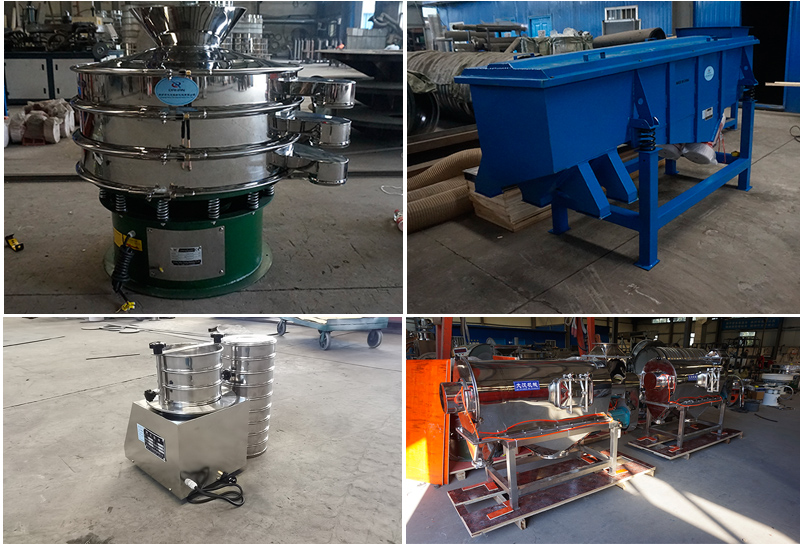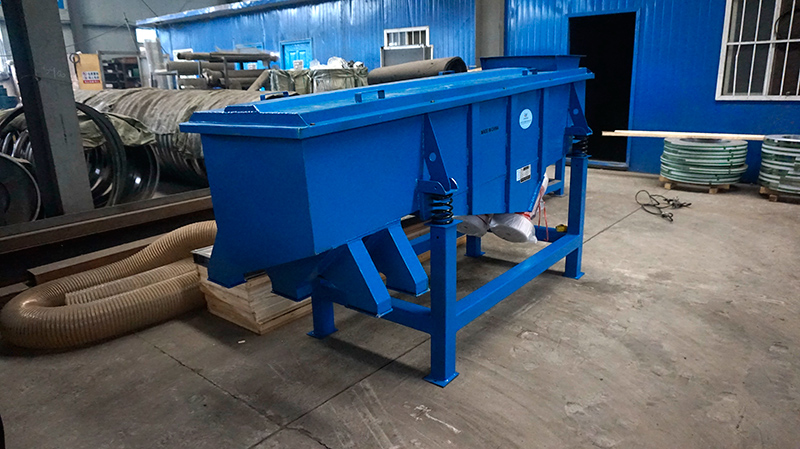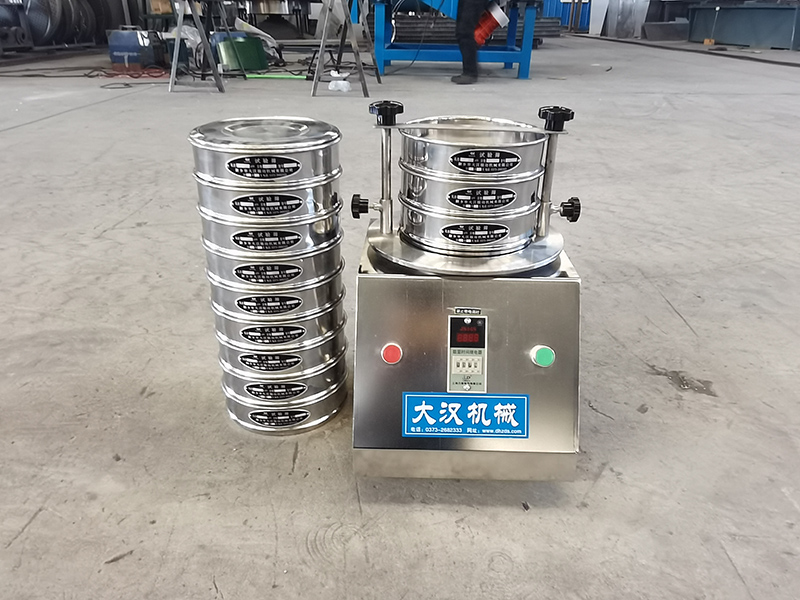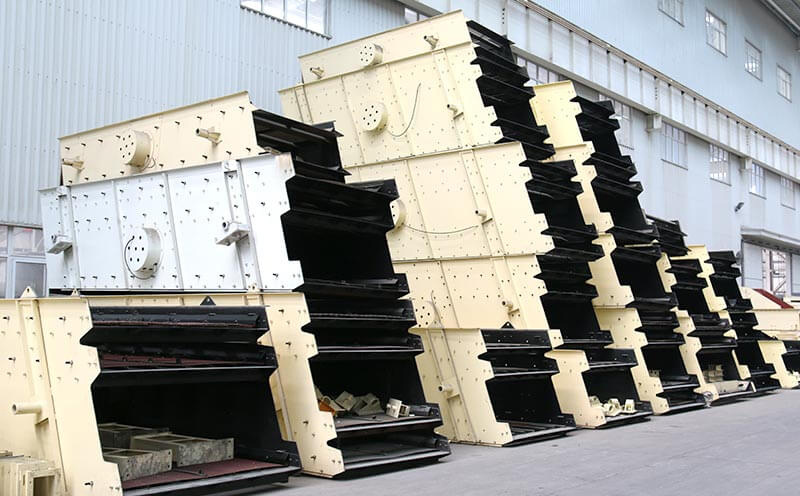Vibrating screens remove oversized particles and contaminants as an effective way to protect ingredients and final products from contamination and agglomeration, improving your product quality and classifying materials based on particle size. The following will give you a detailed introduction to the classification of the vibrating screen.


Rotary vibrating screeners use the simple adjustment of counterweights on the motor shaft and the three-dimensional vibration they generate to screen materials, can be used to remove broken or undersized products, and can provide up to 5 levels of classification in a single operation to Achieve precise particle size distribution, sieving up to 500 mesh. Different configurations can be selected according to the characteristics of the screened materials, such as mobile type, ultrasonic cleaning type, direct discharge type, mud high frequency type, water spray type, gate type, etc.

The linear vibrating screen is to screen and move the product in a straight line, so the use of a rectangular screen allows the product to have more time to pass through the grid, and the wire screen can also effectively transport the product and can sometimes be used to replace traditional conveyors. Because its length allows the fine product a chance to separate from the larger particles and fall into the screen. This makes linear sieves ideal for dust removal or dewatering operations, such as removing small loose crumbs and flour from finished biscuits.

Cyclone screens use a set of paddles to push the product out of the screen cylinder, spin them at high speed and apply centrifugal force to the product, the cylinder is mounted horizontally, so a slight twist is applied to the paddles to move the product down the length of the cylinder, And use an auger to feed the paddles at a steady speed. These paddles force product through the screen, giving them higher throughput compared to shakers, and the motion of the rotating auger and paddle assembly has the added benefit of breaking up lumps or separating compacted product.

Laboratory vibrating screens are mainly used in the laboratory to classify and analyze the particle size of powders, granules and suspensions. Samples of different sizes are separated by sieves of different sizes, which can quickly and efficiently measure sizes from 125mm to 20μm, and can stack 8 layers of sieve frames (including feeding trays).
Mining vibrating screens are used for material sorting and final product separation at different stages of the crushing process, available in single-layer, double-layer and triple-layer configurations, suitable for the screening of sand and gravel in quarries, and also for coal preparation , mineral processing, building materials, electric power, chemical and other industries product classification.

The above is the introduction of different vibrating screens. Please select the type reasonably according to the usage, screening products, output and mesh requirements.
Address:China,Yanjin county forest park gate to the west 1000 meters north road.